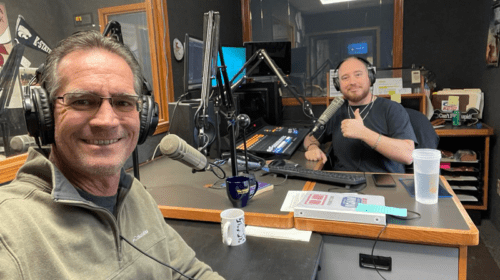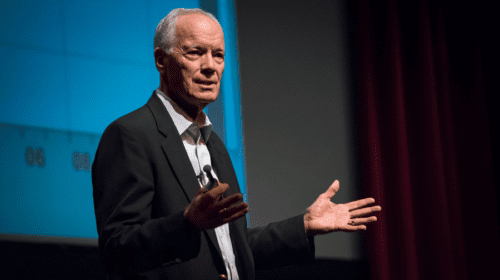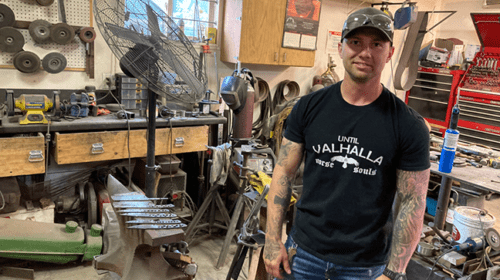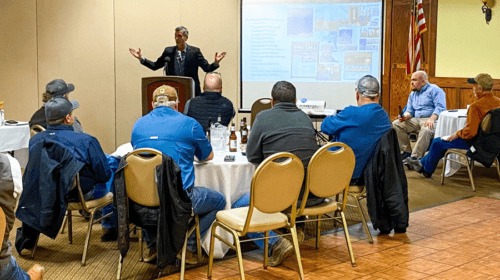Curtis Shuck, Well Done Foundation, talks about the emerging issue of orphan wells in America. Shuck explains the difference between orphan, abandoned and shut in wells.
There are many layers to the issue of orphan wells in America. Generally speaking, the landowner or surface owner is responsible for the problematic wells, whereas, many expect the responsibility to shift over to the state or industry.
Shuck explains why their organization had to convert to a not for profit 501C3 in order to remain competitive in the market while providing a carbon finance model. He also opines about solution-based marketing and the future of ESG imagery. (ESG stand for Environmental Social Governance)
The interview also dives into social responsibility and industry image. How these topics are impacting investments and financing, giving carbon finance models and solution-based marketing an opportunity for companies.
Jason Spiess is a multimedia journalist, entrepreneur and content consultant. Spiess has over 25 years of media experience in broadcasting, journalism, reporting and principal ownership in media companies. (Over 30 years experience if you count his adolescent years as a newspaper delivery boy learning the importance and logistics of daily distribution and monthly door-to-door bill collecting.) Spiess has worked in the areas of oil and gas, UAS and precision agriculture, health care, cannabis, agriculture, real estate, government affairs and economic development. Spiess is the host of two radio programs, Building the Bakken and Coffee & Capitalism, and three specialty programs, MonDak OilField Review, Corporate Ink and UnStuck, that carry a radio network that spans five states and two countries. Spiess is a North Dakota native and graduated from North Dakota State University.
Oil and gas operations are commonly found in remote locations far from company headquarters. Now, it's possible to monitor pump operations, collate and analyze seismic data, and track employees around the world from almost anywhere. Whether employees are in the office or in the field, the internet and related applications enable a greater multidirectional flow of information – and control – than ever before.












